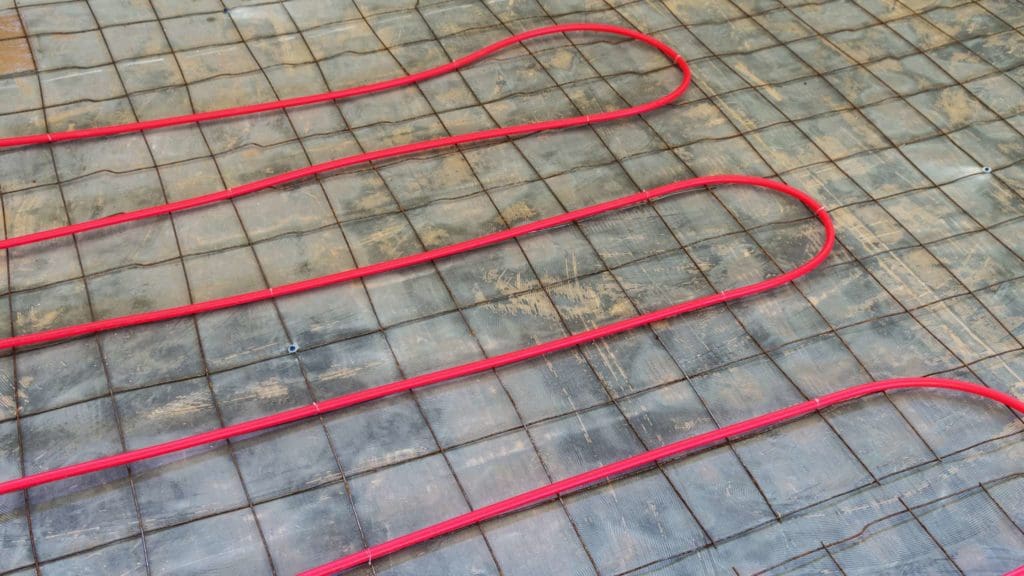Replacing your old worn-out pipes with PEX pipes offers new ways to save energy and money. Although modern technology hasn’t changed a lot in years, there are some new affordable products that will change the plumbing industry, such as increasing energy efficiency. PEX has been used for nearly 20 years in commercial and residential areas and here’s why.
Benefits of Using PEX Pipes in Your Home Plumbing SystemPEX Pipe
PEX is an affordable type of polyethylene plastic that features a cross-linked cellular structure. This plastic provides great flexibility, high strength, and resistance to scratches and dissolution. It also can withhold extreme temperatures, making it great for anyone to use in their homes. PEX isn’t new technology but is stated to be great for transporting drinking water, making it ideal for plumbing piping. PEX piping can last up to 50 years without being replaced and will not corrode. PEX is more affordable compared to copper and will not bust nor corrode in acidic conditions.
PEX Past
In 1968 a German scientist known as Thomas Engle discovered a way to crosslink a common plastic through radiant heating to produce a much simpler form of the material. This new plastic arrived in the U.S. in the 1980s, used mostly for floor heating systems. This tubing is then placed in concrete and water is pumped through the piping to heat the area. Radiant heated flooring is becoming more popular, especially in the areas where there is cold and wet weather. The use of PEX here in the United States was delayed some because some early versions deteriorated slightly when exposed to the high chlorine levels common in water supplies found in the US.
PEX Today
Today PEX is used in over 60% of new construction water systems. There are 3 different types of PEX piping made, each manufactured differently. Listed below are the types of PEX piping.
- PEX-A is manufactured using peroxide, making it the strongest and most flexible of the three types. This type of PEX also has the ability to recover from kinks, by using a heat gun to re-expand the pipe. It is the easiest to work with, but it is also the most expensive of the three.
- PEX-B is made using a moisture-cure method. This pipe is slightly stiffer than PEX-A and therefore it is cheaper. This type also features increased resistance to chlorine, making it a good choice for areas around a lot of water that could contain chlorine, such as pools.
- Because PEX-C is the stiffest, it is the hardest to work with. It is also the most prone to kinking, as well as cracking if the water gets too cold. This type of PEX is the cheapest, making it the best economical choice.
- Not only are there three different types of PEX piping, but there are also 4 different colors. The red pipe carries hot water whereas the blue pipe carries cold water. There are gray and while pipes as well that can carry either cooler or hot water. Although not all centers carry gray PEX piping.
Great for remodeling homes
PEX piping is thick and flexible making it ideal for “fishing” it through long lengths. It also requires fewer connections, using cinch or crimp rings, which will cost around $40 each. PRoPEX expansion fittings are used to fit the system. These fittings actually grow stronger over the years, making them highly leak-resistant.
Pros of PEX
PEX piping is preferred over copper for most plumbers because of its affordability, freeze protection, and installation process is easier. PEX piping has an insulating property that keeps hot water hot as it travels through the pipes. This makes your home use less energy to heat your water back up.
If you are experiencing signs that it is time to replace your home’s piping, such as high water bills or frequent links, call us for more information about PEX piping. We are happy to give you a free quote and help direct you in the right direction.

